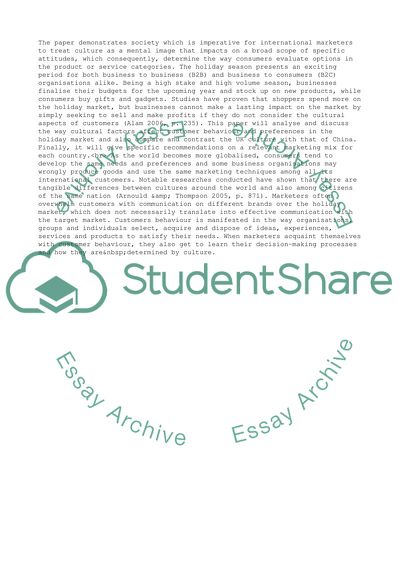Cite this document
(The Role of Culture in the Perception of Service Recovery Essay, n.d.)
The Role of Culture in the Perception of Service Recovery Essay. Retrieved from https://studentshare.org/management/1628885-a-comparative-evaluation-of-the-impact-of-culture-on-customers-behaviour
The Role of Culture in the Perception of Service Recovery Essay. Retrieved from https://studentshare.org/management/1628885-a-comparative-evaluation-of-the-impact-of-culture-on-customers-behaviour
(The Role of Culture in the Perception of Service Recovery Essay)
The Role of Culture in the Perception of Service Recovery Essay. https://studentshare.org/management/1628885-a-comparative-evaluation-of-the-impact-of-culture-on-customers-behaviour.
The Role of Culture in the Perception of Service Recovery Essay. https://studentshare.org/management/1628885-a-comparative-evaluation-of-the-impact-of-culture-on-customers-behaviour.
“The Role of Culture in the Perception of Service Recovery Essay”, n.d. https://studentshare.org/management/1628885-a-comparative-evaluation-of-the-impact-of-culture-on-customers-behaviour.


